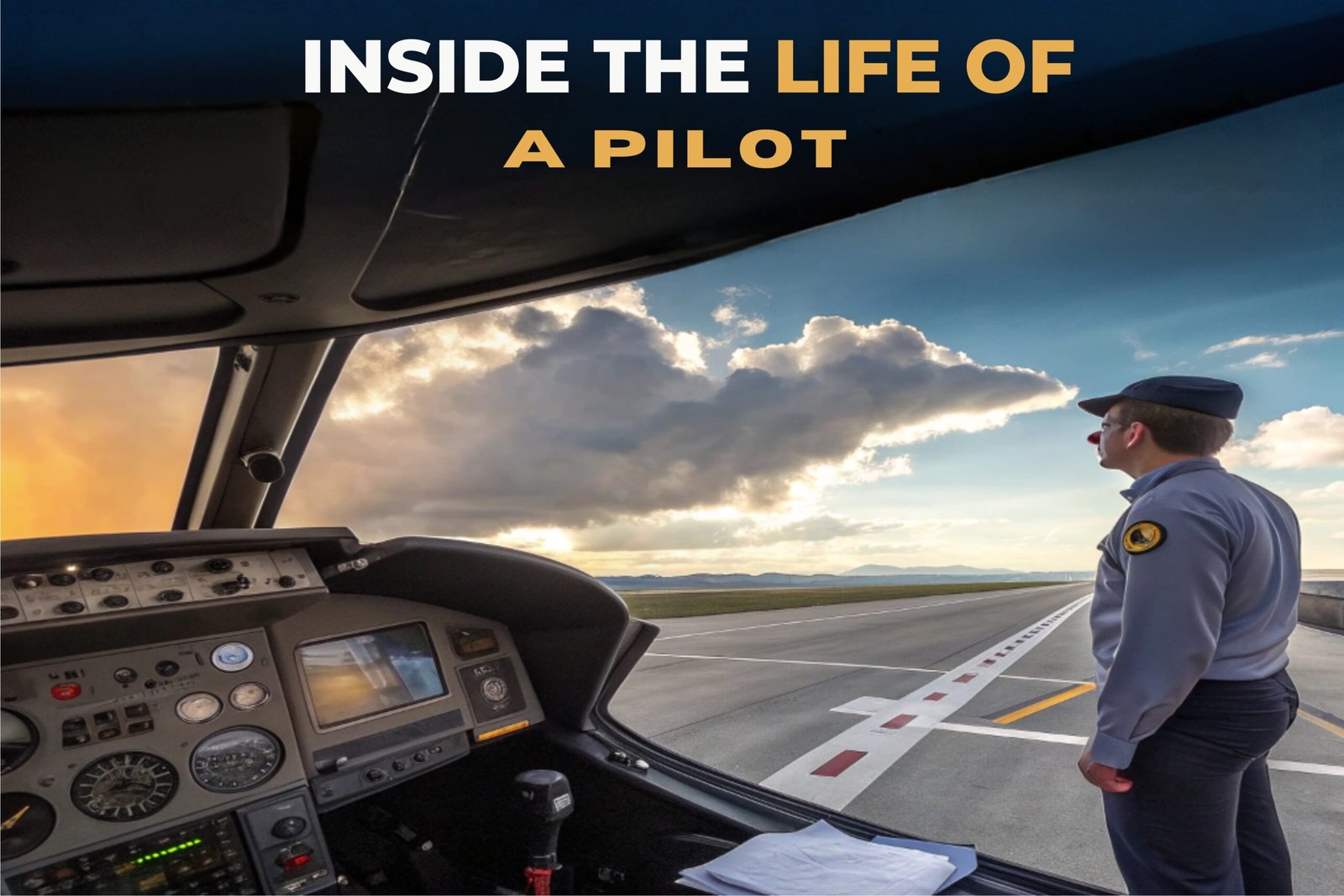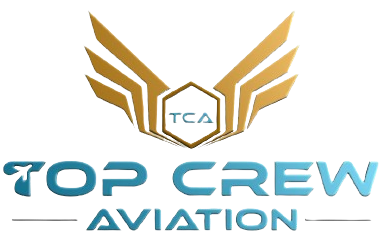
The life of a pilot is an extraordinary blend of adventure, responsibility, skill, and continuous learning. From the moment one dreams of taking to the skies to the day they command an aircraft full of passengers, the journey is filled with intense training, personal sacrifices, and unmatched rewards. This career demands not only technical skills but also adaptability, leadership, and an unwavering sense of responsibility.
In this article, we take you inside the life of a pilot—covering the early dreams, rigorous training, professional challenges, and the remarkable rewards of this extraordinary career.
The First Step – How the Dream of the Life of a Pilot Begins
For many, the life of a pilot starts in childhood—watching aeroplanes soar into the sky, hearing the powerful roar of engines, or meeting a pilot in person. This early fascination often turns into a dream that shapes academic choices, extracurricular activities, and life goals.
Unlike some careers where you can explore casually, the life of a pilot demands early preparation. Aspiring aviators begin by understanding aviation fundamentals, flight mechanics, and even airline operations through books, documentaries, and simulators.
Educational Foundation – Building Blocks for the Life of a Pilot
Before entering formal flight training, a strong academic foundation is essential. The life of a pilot requires mastery of mathematics for navigation and aerodynamics, physics for understanding lift and thrust, and English for global communication with Air Traffic Control (ATC).
Many pilots pursue degrees in aviation science, aerospace engineering, or related fields. While not always mandatory, this academic route provides an advantage when competing for roles in major airlines. The discipline developed through higher education directly connects to the structured nature of the pilot’s career.
Pilot Training – The True Beginning of the Professional Life of a Pilot
Entering flight school is where the dream transforms into reality. The life of a pilot during training is intense, balancing theory and practice in equal measure.
- Student Pilot License (SPL) – Testing the Waters
The SPL allows trainees to fly under supervision. It introduces them to cockpit layouts, basic flight manoeuvres, and essential safety checks. This stage is where students discover whether they are truly ready for the challenges ahead. - Private Pilot License (PPL) – Mastering the Basics
At this stage, the life of a pilot shifts from theory to independent flying. Pilots learn solo navigation, cross-country flights, and night operations. The independence gained here builds confidence for commercial training. - Commercial Pilot License (CPL) – Entering the Professional Sphere
The CPL transforms students into professionals. This phase includes:
Advanced navigation under Instrument Flight Rules (IFR)
Multi-engine training
Night flying proficiency
Crew coordination skills
By the time pilots earn their CPL, they are prepared for real-world airline operations. - Airline Transport Pilot License (ATPL) – The Final Step
The ATPL is the highest certification, allowing pilots to command commercial airliners. Reaching this stage requires 1,500+ flight hours and mastery over meteorology, flight planning, and emergency management.
Financial Realities – Cost of the Life of a Pilot
The life of a pilot demands not just dedication but also a significant financial commitment. Flight training can cost between $50,000 and $150,000, depending on the country and flight school. Many pilots secure loans or airline-sponsored training programs, often tied to contractual service obligations.
This financial investment directly connects to the future earning potential, as experienced pilots can earn six-figure salaries in major airlines.
Inside the Cockpit – A Day in the Life of a Pilot
Every working day in the life of a pilot is unique. Flight routes change, weather patterns differ, and each flight brings new operational demands.
- Pre-Flight Preparation
The day begins with reviewing the flight plan, checking weather forecasts, and ensuring fuel calculations are accurate. Pilots also conduct pre-flight inspections, ensuring every system is functioning correctly before departure. - In-Flight Operations
Once airborne, pilots are responsible for navigation, communication with ATC, fuel monitoring, and handling unexpected weather or technical issues. - Post-Flight Duties
After landing, pilots file reports, debrief with crew members, and prepare for the next scheduled flight.
Challenges in the Life of a Pilot
While glamorous, the life of a pilot comes with demanding challenges that test both mental and physical endurance.
- Irregular Schedules: Pilots often work during weekends, holidays, and overnight shifts.
- Jet Lag and Fatigue: Crossing multiple time zones affects sleep patterns.
- High Responsibility: Every decision impacts the safety of passengers and crew.
- Constant Training: Pilots undergo regular simulator checks, safety drills, and recertifications.
Rewards of the Life of a Pilot
Despite the challenges, the life of a pilot offers unmatched rewards:
- Global Travel Opportunities
- High Earning Potential
- Prestige and Respect
- Unmatched Job Satisfaction
The connection between effort and reward is clear—those who invest years into training and discipline enjoy a career that many dream of but few achieve.
Work-Life Balance – Finding Stability in the Life of a Pilot
Balancing personal life with the life of a pilot is not easy. Irregular schedules can strain relationships, but airlines are increasingly implementing fatigue management systems and more predictable rosters. Many pilots use their off days to spend time with family, explore new destinations, or engage in aviation mentorship.
The Future of the Life of a Pilot – Emerging Trends
With advancements in sustainable aviation fuels, AI-assisted navigation, and next-generation aircraft, the life of a pilot will continue to evolve. While automation will increase, human decision-making and situational awareness will remain irreplaceable in aviation safety.
Advice for Aspiring Pilots
For those who dream of embracing the life of a pilot, here’s a roadmap:
- Start early with aviation studies.
- Maintain physical and mental fitness.
- Choose reputable flight schools.
- Build industry connections.
- Commit to lifelong learning.
Conclusion – Embracing the Full Journey
The life of a pilot is a journey of passion, precision, and purpose. Every stage—from dreaming as a child to commanding an airliner—connects into a seamless narrative of growth. It is a career where discipline meets adventure, and every challenge leads to a new horizon.
For those willing to commit to the rigorous training, financial investment, and constant learning, the rewards go far beyond the paycheck—they include the privilege of safely carrying lives across the skies.
Frequently Asked Questions (FAQs)
1. How long does it take to become a pilot?
It usually takes 18 months to 3 years to complete the training and earn a Commercial Pilot License (CPL). The time depends on the flight school, weather conditions, and how often you train.
2. Is the life of a pilot stressful?
Yes, the life of a pilot can be stressful because of irregular schedules, changing time zones, and high responsibility for passenger safety. However, proper rest and training help manage the stress.
3. What is the average salary of a pilot?
A commercial airline pilot can earn anywhere from $40,000 to over $200,000 per year, depending on the airline, aircraft type, and years of experience.
4. Do pilots get free travel?
Yes, most airlines offer free or discounted travel for pilots and their families. However, it often depends on seat availability and airline policy.
5. Can anyone become a pilot?
Anyone who meets the medical, educational, and training requirements can become a pilot. Good eyesight, strong health, and proficiency in English are essential.
Frequently Asked Questions
No FAQs found.



